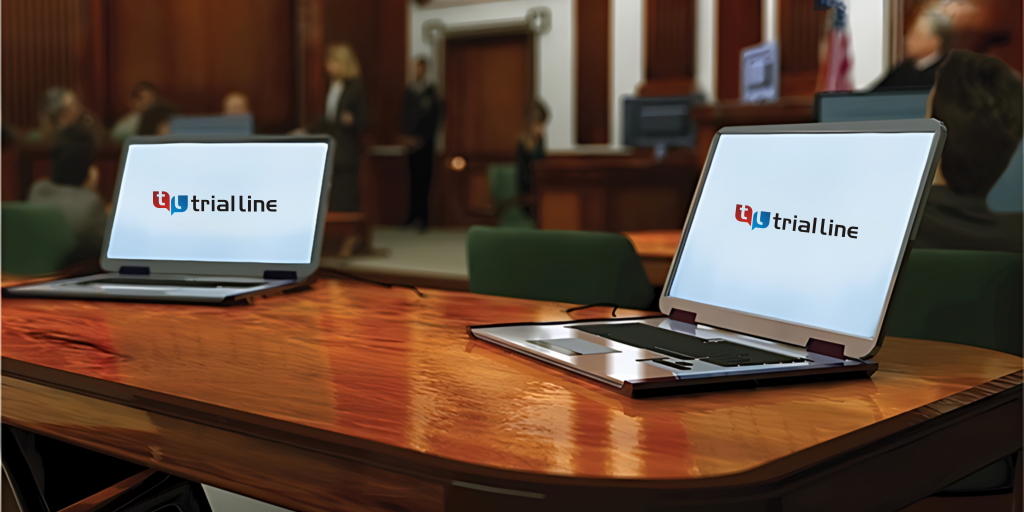How Trial Presentations Help Attorneys Clearly Communicate Legal Arguments
How Trial Presentations Help Attorneys Clearly Communicate Legal Arguments
Blog Article
The Power of Visuals in Trial Presentations for a Winning Disagreement
The integration of visuals in test presentations has actually emerged as a vital consider efficiently connecting complicated debates to jurors. By using numerous types of aesthetic aids-- be it diagrams, photographs, or animations-- lawyers can enhance understanding and retention, inevitably shaping the court's perception of the instance. This technique not only makes clear elaborate narratives however additionally establishes a psychological resonance that can affect decision-making. As we explore the nuances of this technique, it comes to be vital to take into consideration how particular kinds of visuals can make a significant difference in trial results. What practical techniques might lawyers employ to optimize this possibility?
Importance of Visuals in Tests
In several lawful setups, visuals play a critical duty in boosting the performance of trial presentations. The integration of aesthetic aspects can substantially affect jurors' understanding and retention of complicated information, thereby forming their understandings and decisions. Visuals, such as charts, layouts, and photos, can simplify intricate stories, making them a lot more easily accessible and compelling.
Moreover, the human mind procedures visual details a lot more effectively than text, which emphasizes the value of integrating visuals into lawful arguments. By converting dense lawful ideas into aesthetic formats, lawyers can help with more clear interaction, ensuring that bottom lines are not overlooked throughout trials.
In addition, visuals serve to involve jurors on an emotional degree, promoting a link to the situation that words alone may fail to accomplish. The strategic use visuals can evoke compassion, prompting jurors to take into consideration the human facets of the situation.
Ultimately, the importance of visuals in tests hinges on their ability to boost clearness, improve juror involvement, and strengthen the narrative being offered. This powerful combination is necessary for crafting convincing debates that resonate with jurors and affect the end result of legal procedures.
Kinds of Visuals to Use
Efficient test presentations can considerably profit from a variety of visual devices that accommodate different elements of the instance. trial presentations. Utilizing representations and graphes can effectively break down complicated details, making it more digestible for jurors. For example, flowcharts can highlight the series of occasions, while bar chart may succinctly contrast pertinent data points.

Animations and simulations can additionally play a vital role, particularly in instances involving technological information or elaborate situations. These visuals can dynamically stand for processes or activities, giving clarity and interaction that fixed images may not attain.
In addition, infographics combine text and visuals to summarize crucial details effectively. They can present timelines, statistics, and considerable situation points in an aesthetically attractive way, making it much easier for jurors to adhere to the debate.
Enhancing Comprehension and Retention

Enhancing comprehension and retention during trial discussions is essential for making sure that jurors comprehend the vital aspects of an instance. Aesthetic help offer as powerful devices in this regard, translating complicated information right into easily digestible layouts. By utilizing charts, representations, and infographics, lawyers can streamline elaborate data and highlight crucial points that may or else be neglected.
Researches have shown that people keep details dramatically much better when their website it exists visually. This is specifically pertinent in a test setup, where jurors may be bewildered by the quantity of evidence and testimony. By strategically including visuals, attorneys can direct jurors' focus to one of the most essential aspects of the case, strengthening their understanding and memory of the material presented.

Developing Involving Discussions
Fascinating jurors' focus during trial presentations is necessary for conveying an engaging story. Involving presentations take advantage of aesthetic aspects to produce a remarkable experience that resonates with jurors. The calculated use graphics, animations, and videos can illuminate complex details, making it much more accessible and relatable.

Furthermore, incorporating narration strategies can boost interaction. Presenting proof in a logical series that develops emotional allure allows jurors to get in touch with the product on an individual level. Diverse presentation styles, such as integrating short video clip clips or interactive elements, can additionally endure interest and focus throughout the test.
Ultimately, an appealing discussion cultivates an extra extensive understanding of the situation, enabling jurors to much better appreciate the arguments being offered and bring about a more beneficial end result.
Study and Success Stories
Numerous case research studies highlight the considerable impact of visuals in test presentations, demonstrating their capacity to affect juror perceptions and ultimately the outcomes of cases. As an example, a noteworthy situation entailing an injury insurance claim highlighted how the usage of a 3D animation of the crash scene made clear complex information. Jurors reported feeling even more informed and compassionate, significantly swaying their decision for the plaintiff.
In an additional circumstances, a corporate litigation instance used infographics to existing economic information and timelines, making complex information obtainable. The graph enabled jurors to realize the nuances of the situation much more effectively than spoken descriptions alone. trial presentations. Therefore, the court returned a decision that went beyond the customer's expectations
Moreover, a criminal defense instance employed photos and video evidence to develop an alibi. The compelling visuals not only aided in producing uncertainty however also reverberated psychologically with jurors, resulting in a pardon. These success stories highlight the requirement of incorporating visuals into test presentations, as they improve understanding, retention, and eventually, the persuasive power of lawful debates. The critical usage of visuals is undoubtedly transforming the landscape of test campaigning for.
Verdict
In verdict, the tactical consolidation of visuals in test discussions considerably improves jurors' understanding and retention of intricate information. Engaging presentations, supported by compelling situation researches, show the profound impact that visuals can have on convincing communication.
Report this page